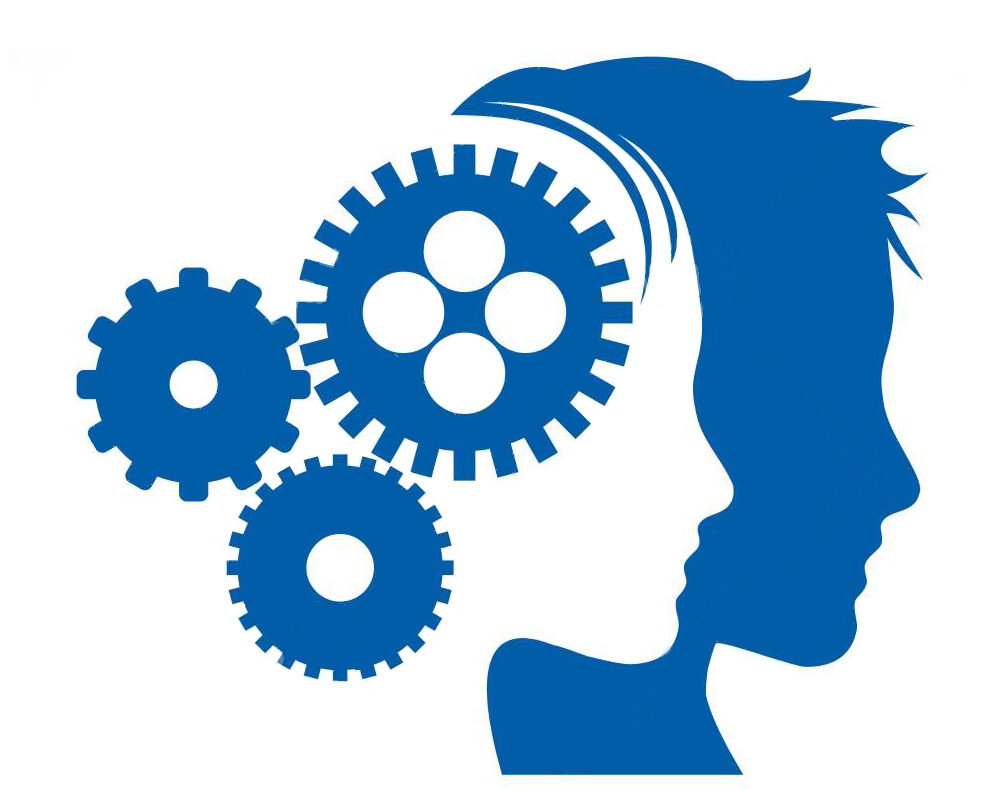Imagine a world where the energy you emit attracts similar energies into your life, shaping your experiences and outcomes. That’s precisely what the Law of Resonance suggests – the idea that the vibrations you send out into the universe determine the kind of energy you attract back. This powerful concept implies that the thoughts, emotions, and actions you project have a direct impact on the events and people that come your way. When you understand and apply the Law of Resonance, you have the ability to transform your life and manifest the positive experiences you truly desire.

Law of Resonance
The Law of Resonance is a fundamental principle in physics that governs the behavior of vibrating systems and the transfer of energy. It describes the phenomenon where an object or system vibrates at its natural frequency when exposed to an external force of the same frequency. This resonance occurs when the energy of the system is transferred most efficiently, resulting in amplified vibrations.
Definition
Resonance, in the context of the Law of Resonance, refers to the phenomenon of a system or object vibrating at its natural frequency when subjected to an external force of the same frequency. This natural frequency is determined by the inherent characteristics of the system and is influenced by factors such as mass, stiffness, and damping.
Historical Background
The understanding of resonance dates back to ancient times, with notable contributions from various cultures around the world. In ancient Eastern philosophies, the concept of resonance was explored in relation to the interconnectedness of all things. The idea that vibrations and frequencies could have profound effects on the physical and spiritual realms was a prevalent theme.
In the field of physics, the study of resonance began to take shape during the scientific revolution in the 17th century. The pioneering work of scientists such as Galileo Galilei and Isaac Newton laid the foundation for an understanding of the principles behind resonance and the laws governing its behavior.
Principles
The Law of Resonance is based on several key principles that underpin its functioning. These principles include vibration and frequency, harmonic resonance, and amplitude and energy transfer.
Vibration and frequency refer to the oscillations or back-and-forth movements of an object or system. Every object has a natural frequency at which it vibrates most easily. When an external force is applied to the object at its natural frequency, resonance occurs.
Harmonic resonance is a specific type of resonance that occurs when the external force applied to a system matches one of its harmonic frequencies. Harmonic frequencies are multiples of the fundamental frequency and lead to a more pronounced and amplified resonance effect.
Amplitude and energy transfer are essential aspects of resonance. When resonance occurs, the amplitude or magnitude of the vibrations increases significantly. This increase in amplitude results from the efficient transfer of energy from the external force to the vibrating system.
Role in Physics
The Law of Resonance has a significant role in various branches of physics, including quantum mechanics, electromagnetic fields, and particle physics.
In the field of quantum mechanics, resonance plays a crucial role in phenomena such as electron resonance and nuclear magnetic resonance. These phenomena involve the excitation of particles at their resonant frequencies, leading to the emission or absorption of electromagnetic radiation.
Resonance also plays a vital role in understanding electromagnetic fields. When an electromagnetic wave encounters a resonant object, such as an antenna, resonance occurs, leading to efficient energy transfer and reception of the electromagnetic signal.
In the field of particle physics, resonance is observed in high-energy particle collisions. These collisions can excite particles to their resonant states, allowing scientists to study their properties and gain insights into the fundamental nature of matter.
Applications
The Law of Resonance finds practical applications in various fields, including acoustics and music, electronics and communication, and medicine and diagnosis.
In acoustics and music, resonance is utilized to create and manipulate sound waves. Musical instruments, such as string instruments and wind instruments, rely on resonance to produce specific tones and frequencies. Understanding resonance helps in designing instruments that produce desired sounds.
In electronics and communication, resonance is a critical concept in the design of circuits and antennas. Resonant circuits are used in amplifiers, filters, and oscillators, enabling efficient signal processing and transmission. Antennas are designed to resonate at specific frequencies to enhance reception and transmission of electromagnetic signals.
In medicine and diagnosis, resonance-based techniques have revolutionized imaging and diagnostic procedures. Magnetic resonance imaging (MRI) utilizes the principle of nuclear magnetic resonance to create detailed images of the body’s internal structures. Ultrasound imaging relies on the resonance of sound waves to visualize tissues and diagnose various medical conditions.
Explanation
To comprehend the Law of Resonance, it is essential to grasp the basic understanding of resonance in systems, distinguishing it from forced oscillations.
Basic Understanding
Resonance occurs when a system or object vibrates at its natural frequency in response to an external force of the same frequency. It is as if the system “resonates” with the applied force, resulting in amplified vibrations. This amplification occurs because the energy transfer is most efficient at the system’s natural frequency.
Resonance is governed by the inherent characteristics of the system, including mass, stiffness, and damping. These factors determine the natural frequency at which the system vibrates and dictate its responsiveness to external forces.
Resonance in Systems
Resonance can be observed in a variety of systems, ranging from mechanical systems such as pendulums and bridges to electrical systems such as circuits and antennas. Each system has its own natural frequency, and when subjected to an external force at that frequency, resonance occurs.
The behavior of a resonating system depends on whether the excitation force is above or below the system’s natural frequency. When the force is below the natural frequency, the system does not resonate and exhibits minimal response. However, when the force matches the natural frequency, the system resonates, leading to a substantial increase in amplitude.
Resonance vs. Forced Oscillations
Resonance should not be confused with forced oscillations, as they are distinct phenomena. Forced oscillations occur when an external force is applied to a system at a frequency different from its natural frequency. In this case, the system oscillates in response to the force, but the vibrations are not amplified.
In contrast, when resonance occurs, the vibrations are amplified because the system is vibrating at its natural frequency, resulting in a more significant response. Resonance occurs when the excitation force is in sync with the system’s natural frequency, maximizing the energy transfer and leading to amplified vibrations.

Key Concepts
Understanding key concepts related to the Law of Resonance is crucial in comprehending the broader implications of this phenomenon. These key concepts include natural frequency, resonant frequency, and resonance curve.
Natural Frequency
The natural frequency of a system refers to the frequency at which it vibrates most easily and efficiently. It is determined by factors such as mass, stiffness, and damping. The natural frequency is a fundamental property of the system and plays a crucial role in determining its response to external forces.
Resonant Frequency
The resonant frequency of a system is the frequency at which resonance occurs. It is the frequency at which the applied force matches the natural frequency of the system. At the resonant frequency, the system exhibits the highest amplitude of vibrations and the most efficient energy transfer.
Resonance Curve
The resonance curve, also known as the amplitude-frequency response curve, is a graphical representation of the system’s response to varying frequencies of external forces. It shows the amplitude of vibrations as a function of the applied frequency. The resonance curve typically exhibits a peak at the resonant frequency, indicating the maximum response of the system.

Origins
The concept of resonance has ancient roots, with origins in various cultures, particularly in ancient Eastern philosophies and the influence of music and sound.
Ancient Eastern Philosophy
In ancient Eastern philosophies, the interconnectedness of all things and the impact of vibrations and frequencies on the physical and spiritual realms were central tenets. The idea of resonance as a powerful force that could shape and influence the world was embraced by ancient civilizations such as the Chinese and Indian cultures.
Influence of Music and Sound
The influence of music and sound on the understanding of resonance can be traced back to ancient Greek and Roman civilizations. Greek philosophers and mathematicians, such as Pythagoras and Plato, explored the relationship between musical intervals, harmonies, and vibrations. Their observations contributed to an understanding of the mathematical and physical aspects of resonance.
Early Discoveries
During the scientific revolution in the 17th century, significant discoveries were made in the field of resonance. Galileo Galilei’s experiments with pendulums and Isaac Newton’s work on the laws of motion laid the groundwork for understanding the principles of resonance and its importance in the field of physics.

Medicine and Diagnosis
The Law of Resonance has found extensive applications in the field of medicine, particularly in medical imaging techniques, ultrasound, and resonance-based therapies.
Medical Imaging Techniques
Medical imaging techniques, such as magnetic resonance imaging (MRI), rely on the principle of resonance to create detailed images of the body’s internal structures. MRI involves exposing the body to a strong magnetic field and radio waves, which causes the hydrogen atoms in the body to resonate. By detecting the resonant signals emitted by these atoms, detailed images of the body can be constructed.
Ultrasound and Resonance
Ultrasound imaging uses high-frequency sound waves to visualize tissues and diagnose medical conditions. The principles of resonance are crucial in ultrasound imaging, as the resonant frequency of sound waves determines the depth and quality of tissue penetration. By adjusting the frequency of the ultrasound waves, specific anatomical structures can be visualized and abnormalities can be detected.
Resonance-based Therapies
Resonance-based therapies have shown promise in various medical applications. For example, bioresonance therapy involves exposing the body to specific electromagnetic frequencies that resonate with diseased or dysfunctional tissues. This resonance is believed to stimulate the body’s natural healing processes and restore balance.
In conclusion, the Law of Resonance is a fundamental principle in physics that governs the behavior of vibrating systems and the transfer of energy. It has a rich historical background, with roots in ancient philosophical and scientific traditions. Understanding the principles of resonance and its applications in various fields can lead to advancements in technology, medicine, and our overall understanding of the natural world.


